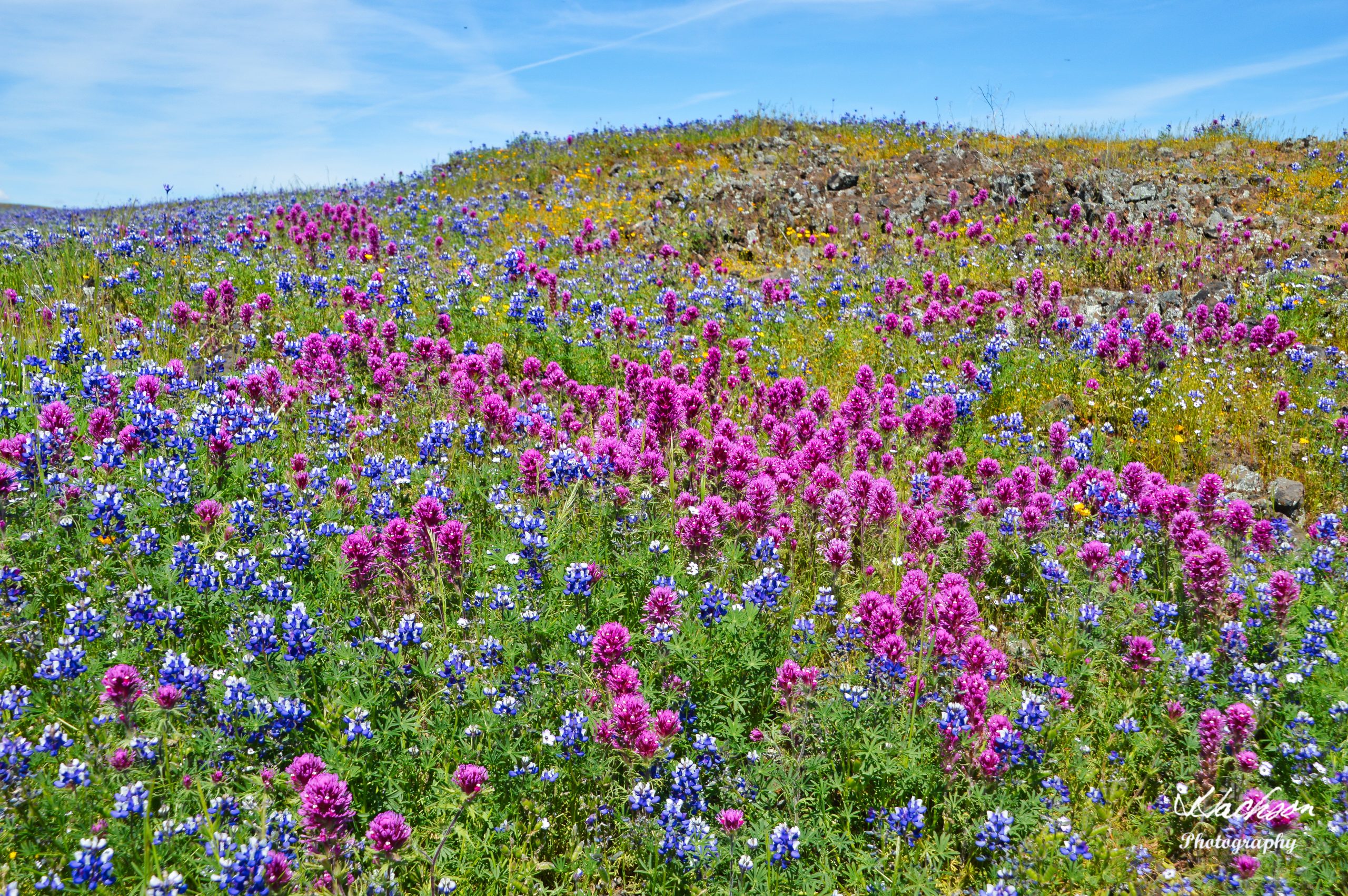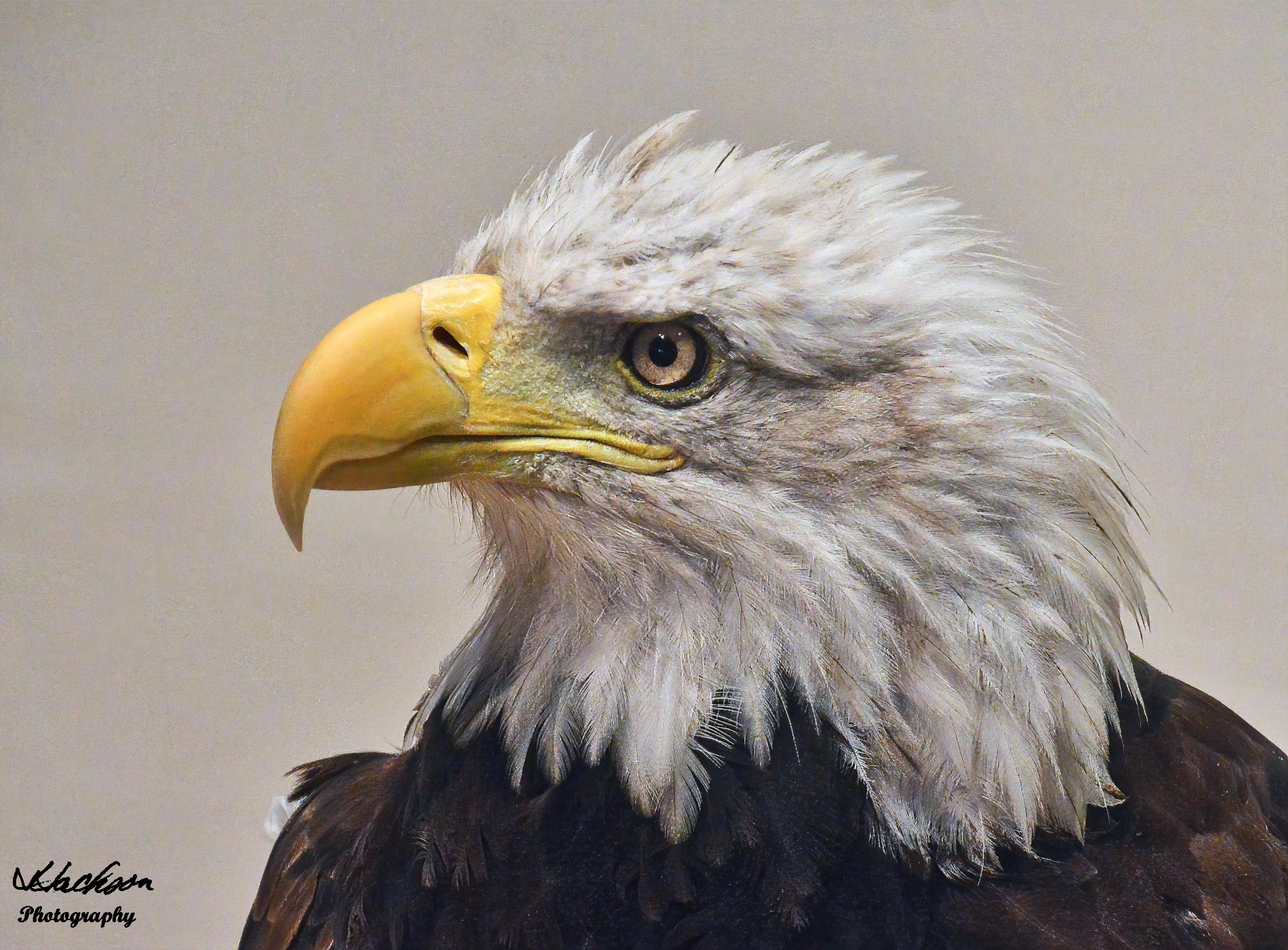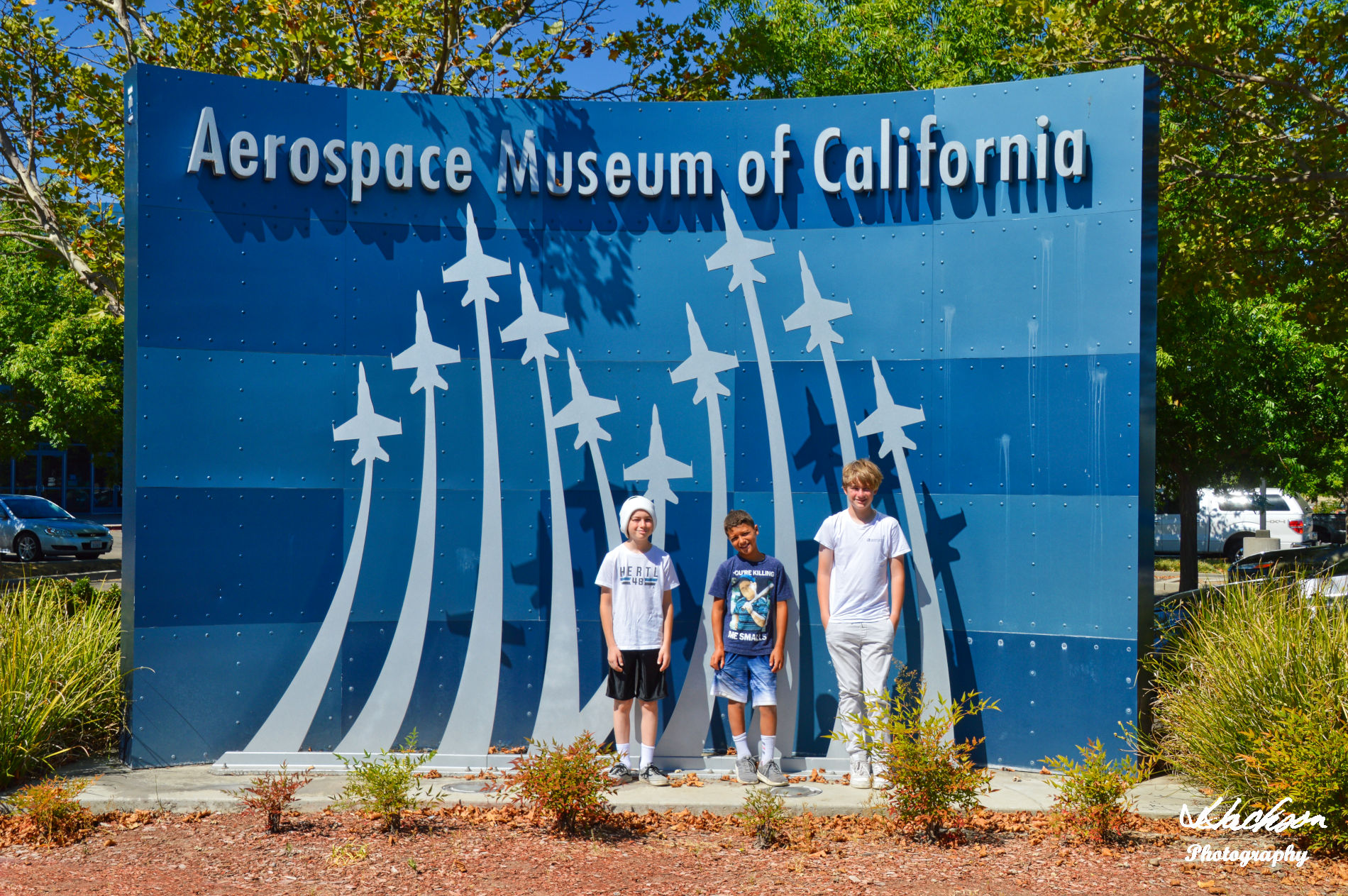The Vermillion Flycatcher and the Maxwell Cemetery

For the past few years, the California town of Maxwell, located about 70 miles north of Sacramento along Interstate 5, plays host to a most unusual visitor- a very colorful one at that.

The vermillion flycatcher, although known as somewhat of a wanderer, visits this town and specifically stays exclusively in the town’s cemetery.

Why this spectacular tropical bird visits here, or how it ever found its way this far north is unknown. Typically these colorful passerine birds can be found throughout South America and southern North America, but to find them this far north is very unusual. Let alone that it comes back to the same cemetery each year is rare indeed.

There are numerous speculations as to why this vermilion flycatcher (Pyrocephalus obscurus) decides to spend its holidays in the cooler fall and winter of Northern California. Some say it is the peaceful solitude of this rural environment, some think it has to do with an abundance of a favorite food-stuff, and some think that perhaps it comes to visit the final resting place of some kind soul or a child that was lost all too soon.

Although these birds have a tendency to overwinter in areas where the temperature does not go below −1 °C (30 °F) they have been known to reach as far north as Canada. Migrations, typically not in flocks, may extend up to 4,000 km (2,500 mi).

The bright red coloration of the male vermillion flycatcher makes it a favorite among birders, and the Maxwell Cemetery becomes a place where many visit this not-too-shy bird. The females are much drabber and some have said that they look like small robins. In fact, the Say’s Phoebe (below) has oftentimes been confused as being a female vermillion flycatcher.

Above, the Say’s Phoebe also visits the Maxwell Cemetery
It has been suggested that the bright red coloration of the male vermillion flycatcher comes from their diet since typically birds of this color require large amounts of yellow precursor zeaxanthin molecules which are then metabolized into red pigment. Apparently, this coloration is an indicator to the females of the genetic fitness of potential mates. Perhaps the food source that the vermillion flycatcher catches at the Maxwell Cemetery is the reason for his very bright shade of vermillion.

If you plan to visit the town of Maxwell and the cemetery to observe this most unusual visitor, please keep a few things in mind. First of all, it is a cemetery and as such it requires a certain amount of decorum. Treat this place with a great deal of respect. If you plan to take photos of this bird, don’t bother with a small pocket camera or a cell phone. You simply will not get close enough to the bird without causing it stress. Use binoculars, a spotting scope, or a telephoto lens.

If you plan to bring children, teach them the proper way to behave not only at a cemetery but also as a birder. It is also not a good idea to bring pets. This particular vermillion flycatcher, as has been mentioned, is not a particularly shy creature so maintain a distance in order that it can feed and go about its business. It seems to be used to people and if you enter the cemetery, enter it quietly. Find a spot to settle and wait for it to appear. There are several small trees in the cemetery and it is most likely roosting in one of them until it gets hungry. It loves to perch atop the headstones and seems to have a few favorites that it frequents.

We have been asked what the best time is to observe this spectacular bird. Of course that all depends on several factors which include weather, wind, food, and disturbance from too much extraneous activity, mostly kids, loose dogs, and inconsiderate people running amuck. The photos in this blog were taken during a recent visit during a one hour period from about 10:00 am to 11:00 am during a weekday.

The best way to reach the Maxwell Cemetery is from Interstate 5. If you are coming from Sacramento, follow I-5 until you reach Maxwell Road. Then go west until you see the cemetery on your right. The road is called Maxwell Sites Road on some navigation systems, which means that the road goes from the town of Maxwell to the town of Sites. In fact, you may notice that there are a few headstones with the Sites name. We would suggest that you park your vehicle along the road next to the cemetery, and then walk through the adjacent gate.

If you plan to go, consider making a stop at the Sacramento National Wildlife Refuge not far north of the town of Maxwell. It will be worth the time and both will add another drop in the bucket.

All photographs are the copyright of Jim Jackson Photography. Please contact me with any questions, comments, or authorization to use photos or for signed, high-resolution prints.
If you found this article useful, please like, share, and follow.



Thank you, Jim! Great post, with lots of good info and photos. Have been planning to go up there to see it, so this is very helpful and interesting.
Thank you for the kind comment. I think you will enjoy the visit and I hope that you see him!